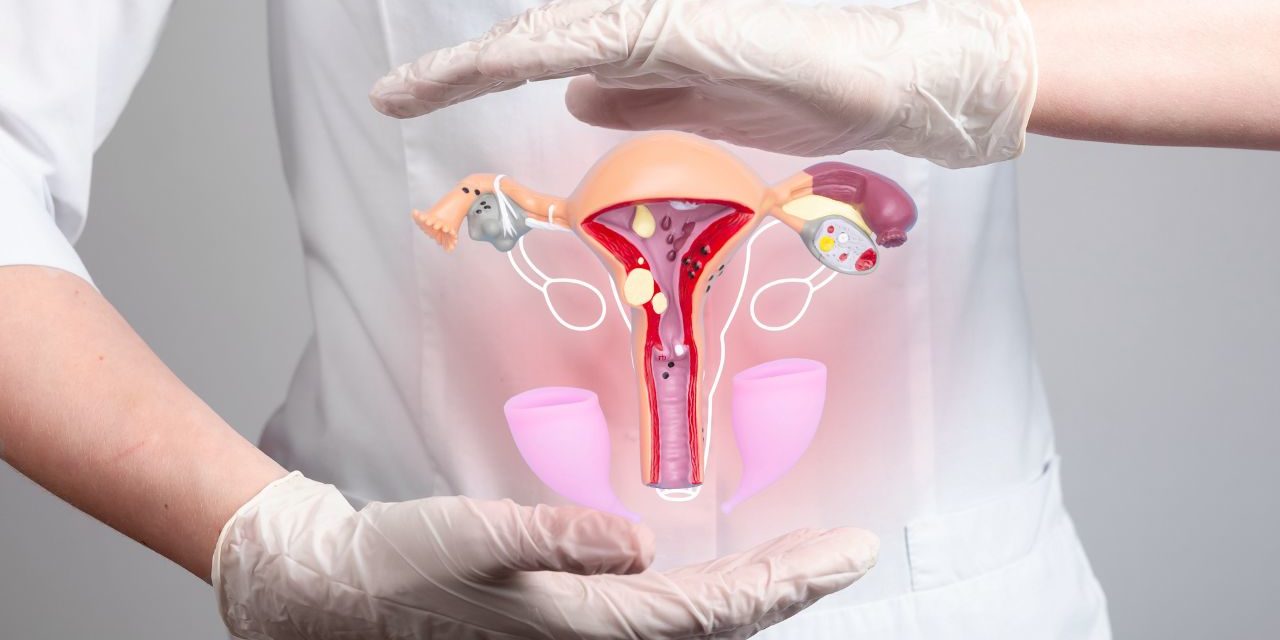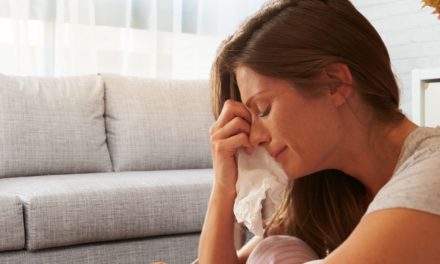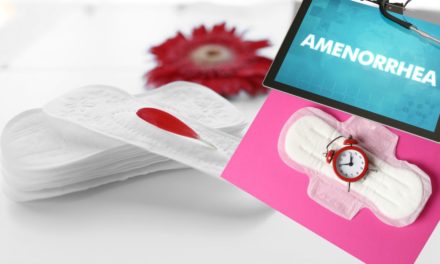Introduction
Vaginal itching, commonly known as vaginal itching, is an annoying and uncomfortable condition that affects many women. It is characterized by itching, burning, and discomfort in the vaginal area. Vaginal itching can be caused by a variety of factors, both physical and environmental, and can significantly affect a woman’s quality of life. In this article, we will provide a comprehensive overview of vaginal itching, including its causes, risk factors, symptoms, and available treatment options. By shedding light on this condition, we aim to empower women to recognize the symptoms, seek appropriate medical care, and overcome the challenges of vaginal itching.
Understanding vaginal itching
Vaginal pruritus is the medical term for itching in the vaginal area. It can occur for a variety of reasons and can be an isolated symptom or part of a larger health problem. Although occasional itching may be normal, persistent or severe itching should be evaluated by a healthcare provider.
Common causes of vaginal itching
- Vaginal infection: Bacterial vaginosis, yeast infections (candidiasis) and sexually transmitted infections can cause vaginal itching.
- Annoying: Contact with irritants such as perfumed soaps, scented pads, or tight-fitting clothing can trigger vaginal itching.
- Hormonal changes: Fluctuations in hormone levels, such as during pregnancy or menopause, can contribute to vaginal itching.
- Allergies: Allergic reactions to certain substances, such as latex or spermicides, can cause itching in the vaginal area.
- Vulvar skin conditions: Certain skin conditions affecting the vulva, such as eczema or lichen sclerosis, can cause itching.
Recognizing the symptoms of vaginal itching
The main symptom of vaginal itching is itching in the vaginal area. It can also be accompanied by redness, swelling and a burning sensation.
Seek medical help
If vaginal itching persists or is accompanied by abnormal discharge, pain, or other related symptoms, medical advice should be sought. A healthcare provider can determine the underlying cause and prescribe appropriate treatment.
Diagnostic procedures
A health care provider will perform a pelvic exam and may collect vaginal swabs or samples for laboratory tests to identify the cause of vaginal itching.
Treatment options for vaginal itching
Treatment for vaginal itching depends on the underlying cause:
- Antifungal drugs: For yeast infections, antifungal medications may be prescribed in the form of creams, suppositories or oral tablets.
- Antibiotics: Bacterial infections can be treated with antibiotics.
- Hormone therapy: In case of hormonal imbalance, hormone therapy may be recommended.
- Avoid burns: Avoiding contact with irritants and using gentle, unscented hygiene products can help reduce symptoms.
- Topical steroids: For certain skin conditions, topical steroids may be prescribed to reduce inflammation and itching.
Precautions
Practicing good hygiene, wearing breathable clothing, avoiding douching, and using protection during sexual activity can help reduce the risk of vaginal itching.
Result
Vaginal itching, or vaginal itching, is a common condition that can significantly affect a woman’s health and comfort. By understanding the causes, symptoms, and treatment options available for vaginal itching, women can take proactive steps to seek appropriate medical care and find relief from itching and discomfort. Getting help from health care providers and taking precautions are important aspects of maintaining vaginal health. Together, let’s make awareness a priority, promote an open discussion about vaginal health, and empower women to seek medical help when needed, leading to a healthier and more comfortable life free from the burden of vaginal itching.










